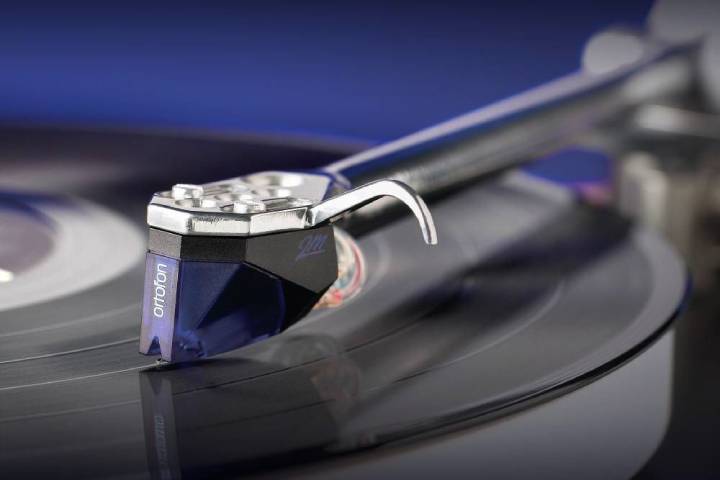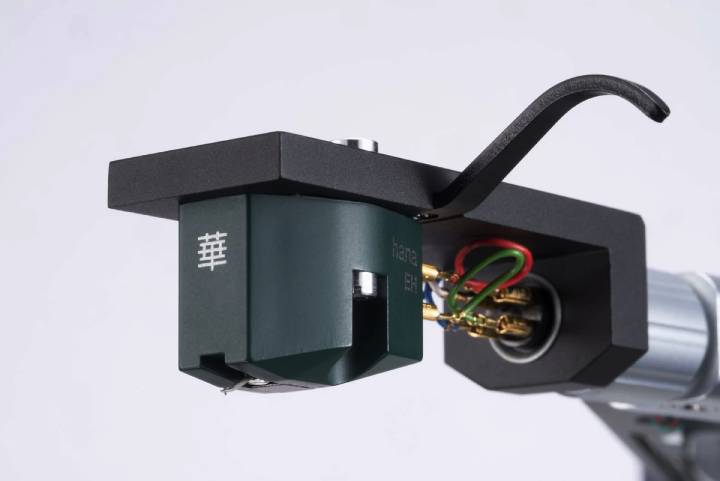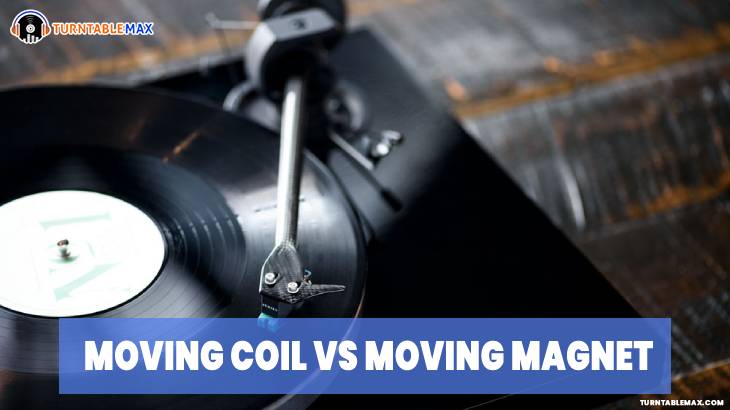Both moving magnets and moving coil are phono cartridges that help convert the mechanical movement of the stylus into an electrical signal that will further be amplified by a sound system so that you can continuously enjoy the music.
You might know both coils and magnets can be used to convert the signals that contour the record grooves; But what you don’t know is how they work and what effect they can bring on the sonics of your turntable.
Hence, understanding moving coil vs. moving magnet is essential. After all, the type of phono cartridge you use decides how well your turntable will perform.
This article will uncover what you didn’t know about these transducers, so stick here till the end.
Moving magnet and its working
Moving magnet (also referred to as MM) is a robust instrument used in most turntables as it helps connect the record to the speakers. MM phono cartridges are usually heavier than moving coils and produce the highest output. The tip of the moving magnet is replaceable or upgradeable.
If you have a stereo amplifier with a phono input and phono preamps, then buying a moving magnet cartridge is smart. As the moving magnet cartridges are heavier, they can be less precise when adapting to sudden high-frequency changes in the record groove.
However, some high-end MM cartridges can compensate for any high-frequency changes and could be effective enough to surpass some moving coil cartridges. But how exactly does it work?

The basic function is to convert mechanical signals into electrical signals; this energy conversion takes place when the vibrating cantilever comes in contact with the magnet, which then further vibrates in the closest proximity of the coils.
That tiny magnet, placed between the coils, vibrates and produces electric current at low frequency. If you want the magnetic cartridge to work at higher frequencies, you will need a more powerful MM.
No matter how good this device is, it is destined to have certain advantages and disadvantages.
Advantages of MM Cartridge
- These cartridges are extremely robust and powerful.
- Capable of handling high-frequency audio and producing medium to high output.
- The stylus and the diamond tip of the moving magnet are replaceable.
- They are highly compatible with modern and old household stereo systems that also include household turntable phono inputs.
Disadvantages of MM Cartridge
- The moving magnet designs are heavier as compared to moving coils.
- These cartridges cannot read subtle changes in the record groove, which means they do not react perfectly to content having higher frequencies; hence some listeners feel MM cartridge turntables are not competent enough.
Moving coil and its working
Moving coil phono cartridge design is much more fragile than that of moving magnet model. In this case, the scenario is slightly different; the cantilever vibrates the coil around the stationary magnets because it is attached to the cantilever this time.
So whenever the coil moves through the cantilever, it ultimately moves in the proximity of the stationary magnets, which later produce electric signals.
MC cartridges are much smaller in size than the ones used in moving magnet models, which makes this type of cartridge more delicate. Since it’s delicate it lowers the overall mass, which offers better tracking of the record groove.

Moving coil has better transients in higher frequencies, indicating you will get detailed sound production at the output. Moving coils sometimes reflect poor or weak signals at the output; hence to compensate, you will also need a phono preamp as it will provide versatility and ease of installation.
In the case of moving coil cartridges, the stylus or the tip cannot be replaced or upgraded.
Advantages
- Due to the lower mass of the MC design, the tracking inertia becomes lower too.
- The stylus provides better and improved high-frequency transients.
- Highly compatible with many stereo systems.
Disadvantages
- MC cartridges are expensive because such a highly delicate instrument costs more.
- The stylus is not replaceable.
Which Cartridge Design is Right for You?
This is a question of subjectivity. We cannot say there is a huge difference between a moving magnet and a moving coil except for the dynamics and microphones. The microphone works similarly to the cartridge but has a less detailed frequency response.
Choosing between the moving magnet or moving coils has no fixed rules. However, the thing that can make a real difference is the dynamic microphone. Just make sure that the cartridge has a condenser microphone so that you get a more reserved or controlled studio environment for listening to your turntable.
It’s understood now, right? Most audiophiles choose to move coil-over moving magnets because they have a better signal cue, capable of producing signals even under high frequencies.
But one factor that could prevent you from buying MC phono cartridges is the budget. Some audiophiles cannot afford to buy MC and settle for MM instead.
There is no harm in using a moving magnet (MM) as the overall price, sound quality, and performance are exceptionally good. Therefore, if you have a budget for an MC cartridge, I recommend going. Otherwise, you can anytime buy a moving magnet phono cartridge.
Conclusion
Which cartridge you must buy is a big question. But I have a simple answer for this. If you can afford to buy a moving coil, you should go for it. But if you are not sure of the budget, I suggest going for a moving magnet as they are the most popular, cheaper, and convenient transducers that will be practical for any modern, Hi-Fi stereo system.
Ortofon 2M is the most popular moving magnet you can choose if you are willing to go with a moving coil. Audio Technica is a brand you can consider buying.


